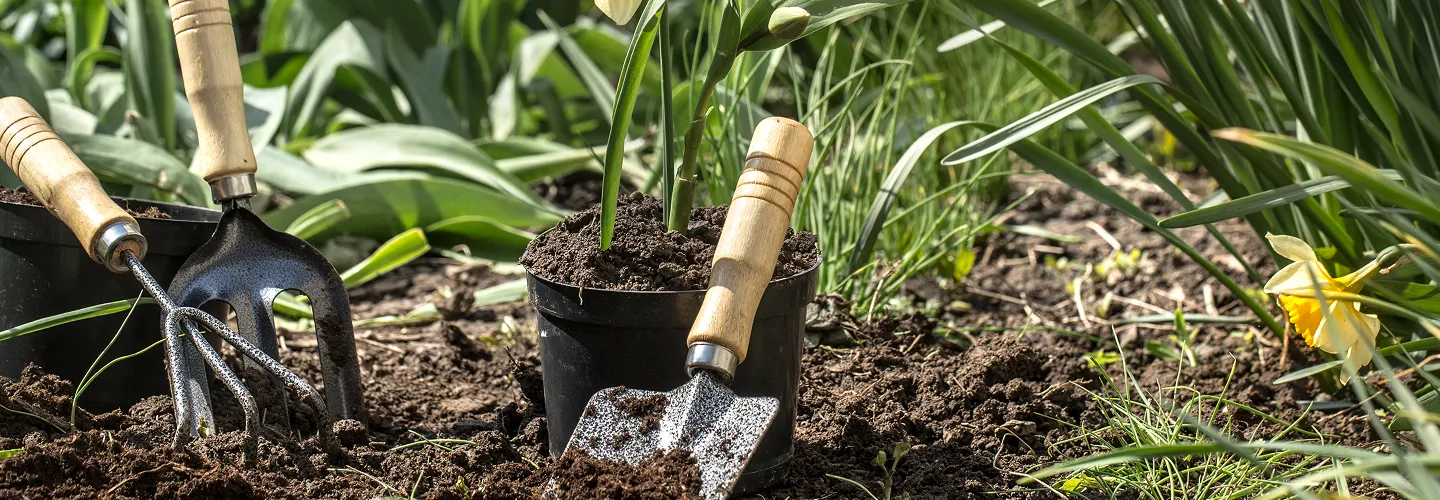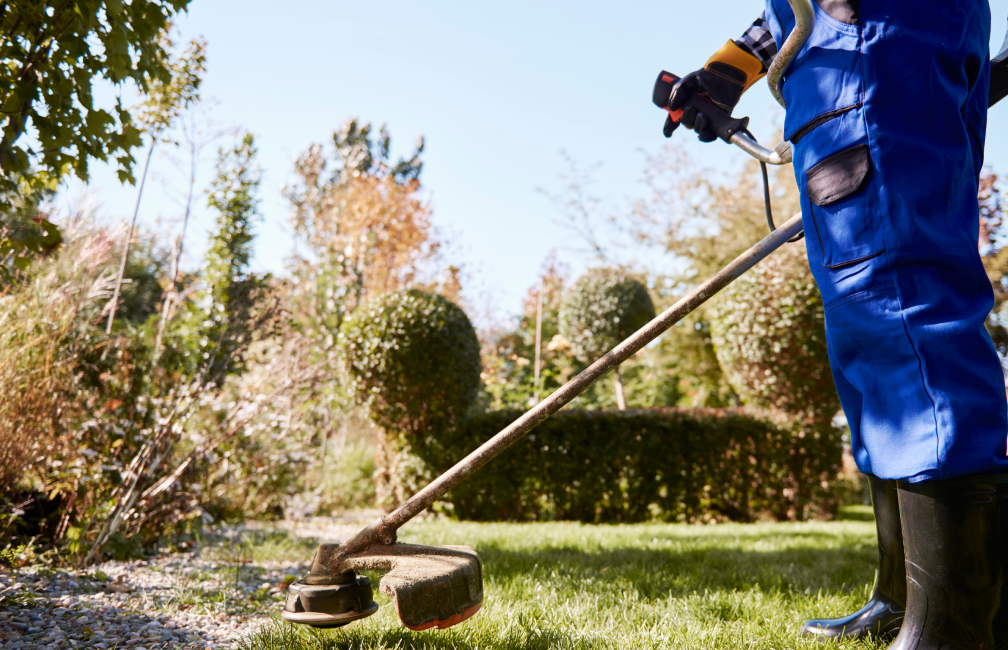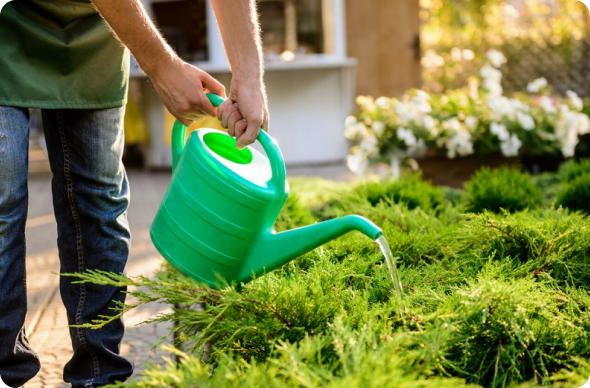
Hingham Lawn Mowing Services
Choose our lawn mowing service for reliable, professional care that keeps your yard healthy, beautiful, and hassle-free all season long.
Get a Free QuoteWhen to Schedule Lawn Mowing in Hingham, MA – Seasonal Guide
In Hingham, MA, the timing of your lawn mowing schedule is closely tied to the region’s unique climate and landscape. With cool, moist springs and warm, humid summers, lawns in neighborhoods like Crow Point and near Wompatuck State Park require careful attention to seasonal changes. The optimal mowing season typically begins in late April, after the last frost, and continues through October, tapering off as temperatures drop and grass growth slows. Early spring mowing helps manage rapid growth spurred by spring rains, while summer schedules may need adjustment during periods of drought or high humidity, which are common in the area.
Local environmental factors such as the sandy soils near Hingham Harbor, dense shade from mature oaks in World’s End, and the risk of fungal diseases during humid stretches all play a role in determining the best mowing frequency. Homeowners should also be aware of municipal guidelines and resources available through the Town of Hingham’s official website to stay informed about any seasonal restrictions or recommendations. By tailoring your mowing schedule to these local conditions, you can maintain a healthy, resilient lawn throughout the growing season.
Local Factors to Consider for Lawn Mowing in Hingham
- Proximity to coastal areas and salt exposure
- Tree density and shade coverage (e.g., World’s End, Bradley Woods)
- Soil type (sandy near the harbor, loamy inland)
- Average precipitation and risk of summer drought
- Frost dates and seasonal temperature shifts
- Terrain slope and drainage patterns
- Municipal restrictions or recommended mowing times
Benefits of Lawn Mowing in Hingham

Professional Lawn Care Expertise
Consistent and Reliable Scheduling
Enhanced Curb Appeal
Time and Effort Savings
Healthier, Greener Lawns
Eco-Friendly Landscaping Practices

Hingham Lawn Mowing Types
Standard Lawn Mowing
Mulching Mower Service
Bagging and Clipping Removal
Striping and Pattern Mowing
High Grass and Overgrowth Mowing
Seasonal First Cut
Commercial Property Mowing
Our Lawn Mowing Process
Site Evaluation
Lawn Preparation
Mowing Execution
Edging and Trimming
Cleanup
Why Choose Hingham Landscape Services

Hingham Homeowners Trust Us
Expert Lawn Maintenance
Reliable Seasonal Cleanups
Competitive Pricing
Professional Team
Satisfaction Guarantee
Personalized Service
Understanding Hingham’s Lawn Care Regulations, Seasonal Rules, and Neighborhood Factors
Hingham, Massachusetts, is a picturesque coastal community with neighborhoods like Hingham Centre, Crow Point, and Liberty Pole, each presenting unique landscaping needs. Maintaining a vibrant lawn in Hingham requires adherence to local regulations for mowing, yard waste, and environmental stewardship. The Hingham Department of Public Works (DPW) manages trash, recycling, and yard waste, with up-to-date information available on the Utilities and Public Works, Composting, and Transfer Station pages.
Hingham Department of Public Works
25 Bare Cove Park Drive, Hingham, MA 02043
(781) 741-1430
Permits, Fines, and Noise Rules for Lawn Mowing in Hingham
Many properties in Hingham border wetlands, brooks, or coastal areas. Major landscaping, grading, or tree removal within 100 feet of wetlands or protected resources requires a permit from the Hingham Conservation Commission. Details on buffer zones, permit applications, and compliance are found on the Conservation Commission’s site. Unauthorized work may result in fines or restoration mandates.
Lawn equipment noise is governed by Hingham’s Town Bylaws (PDF), which typically allow operation between 7:00 am–7:00 pm on weekdays and 8:00 am–5:00 pm on weekends.
Hingham Conservation Commission
210 Central Street, Hingham, MA 02043
(781) 741-1445
Environmentally Friendly Lawn Care: Water Use, Fertilizer, and Stormwater Laws
Hingham’s Stormwater Management program protects the Weir River, Accord Pond, and local wetlands. Residents are prohibited from dumping yard waste, clippings, or chemicals into drains or wetlands. Composting is encouraged, and fertilizer should be avoided within 25 feet of water bodies. The Composting and Transfer Station pages offer options for sustainable disposal of yard debris.
Clipping Disposal, Composting, and Yard Waste Rules
Grass clippings, leaves, and brush can be brought to the Transfer Station or composted at home using the Composting program. Only paper yard waste bags or open barrels are accepted for drop-off—plastic bags are not permitted. Dumping debris in public ways, drains, or conservation land is strictly prohibited and may result in fines.
Green Building, Zoning, and Preparing Lawns for Hingham’s Climate
Significant landscaping or new lawn installations must comply with Hingham’s Zoning By-Laws. Hingham’s coastal soils are well-drained but may require organic matter or mulch to retain moisture and support drought-tolerant grasses. Rain gardens and vegetative buffers are encouraged to control runoff and protect local water bodies.
Parks, Recreation, and Community Lawn Expertise
The Hingham Recreation Department manages public parks, playing fields, and event venues. Contractors and volunteers must comply with mowing, fertilizing, and debris removal guidelines. Facility permits and program schedules are posted on the Recreation Department website.
Hingham Recreation Department
210 Central Street, Hingham, MA 02043
(781) 741-1464
Navigating Code Enforcement, Buffer Zones, and Violations
Hingham’s Town By-Laws (PDF) and Wetlands Protection rules are enforced for property, noise, and environmental standards. Residents can check the Hingham GIS Map portal to confirm property boundaries and regulated areas. Unpermitted work or illegal dumping may result in enforcement actions or restoration orders.
Choosing the Right Mowing Height for Hingham Lawns
Local experts recommend mowing at 3–3.5 inches for best results. This height encourages deep roots, drought resistance, and a healthy lawn throughout the season.